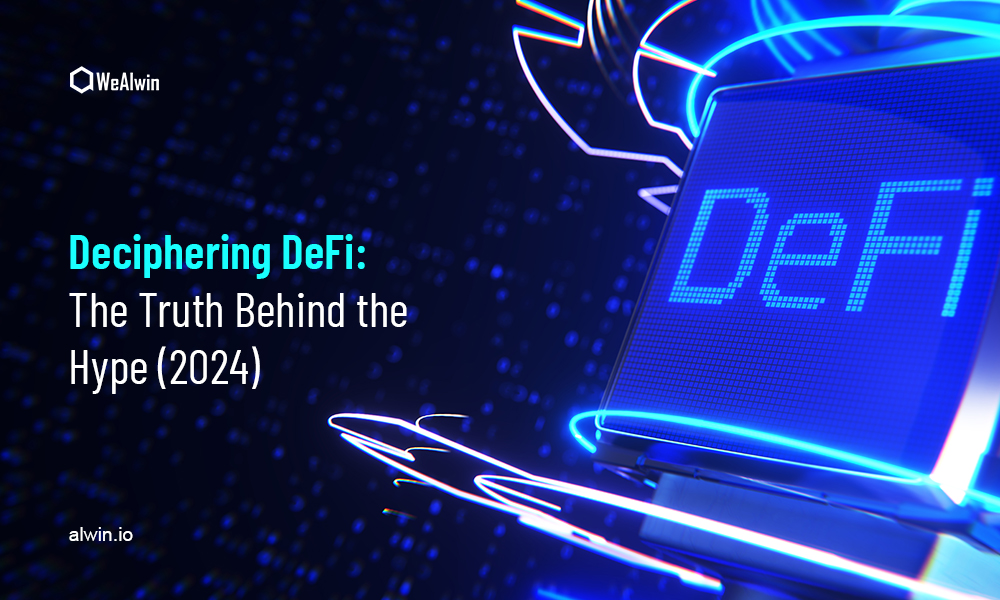The digital landscape is a fertile ground for phenomena to emerge, capturing public imagination with promises of innovation and disruption. From novel technologies to viral trends, some concepts swiftly ascend to dizzying heights of attention, generating fervent discussion and widespread anticipation. Yet, as history often demonstrates, the reality behind such meteoric rises can be far more complex than the initial fanfare suggests. This article delves into the intriguing case of "lovelo044," examining the trajectory from its inception amidst considerable buzz to the evolving understanding of its true impact and capabilities.
Editor's Note: Published on October 26, 2023. This article explores the facts and social context surrounding "lovelo044 the truth behind the hype".
The Genesis of a Digital Sensation
The identifier "lovelo044" first surfaced in early digital communities as a cryptic project, gradually building an aura of mystery and exclusivity. Initial leaks and strategic hints pointed towards a groundbreaking venture, speculated to be either a revolutionary social platform, a decentralized financial protocol, or an advanced AI utility. The deliberate scarcity of official information, coupled with a highly curated promotional campaign that leveraged enigmatic social media accounts and select influencer partnerships, successfully cultivated intense public curiosity. This manufactured intrigue was designed to bypass traditional marketing, instead relying on organic virality and the human inclination to uncover secrets. Early adopters and technology enthusiasts quickly latched onto the concept, interpreting the minimal details through a lens of boundless optimism, predicting a paradigm shift in whichever sector "lovelo044" was presumed to operate.
"The initial marketing for lovelo044 was a masterclass in controlled ambiguity," remarked Dr. Elena Petrov, a digital marketing strategist. "They didn't sell a product; they sold a puzzle, an invitation to be part of something potentially revolutionary, and the internet responded exactly as they hoped."
Dissecting the Core Claims and User Experience
As more concrete details emerged regarding "lovelo044"revealing it to be a hybrid platform promising hyper-personalized content delivery and novel peer-to-peer interaction through proprietary algorithmsthe initial excitement began to meet the practical realities of implementation. The core claim revolved around an AI-driven engine capable of anticipating user needs with unprecedented accuracy, thereby eliminating digital noise and fostering more meaningful connections. However, actual user experiences post-launch painted a more nuanced picture. While some lauded its interface and specific functionalities, others reported significant discrepancies between the promised customization and the delivered experience. Issues ranged from inconsistent performance to a perceived lack of genuine innovation beyond existing platforms, albeit packaged differently. The proprietary algorithms, once hailed as a breakthrough, often produced results that were either predictable or, conversely, baffling, leading to a fragmented user base with widely varying levels of satisfaction.
